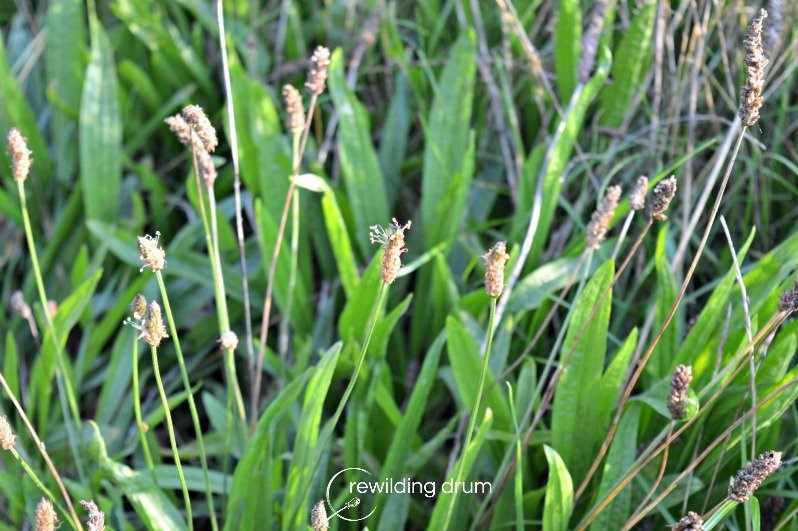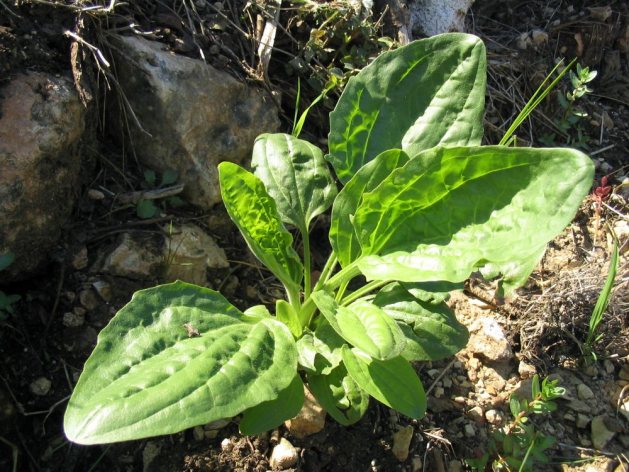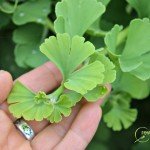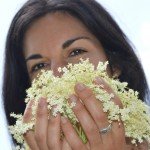The kingdom of plants never stops amazing me! Every day I am more convinced of the absolute need for us all to learn more about plants in an effort to solve our various health problems.
As soon as autumn arrives, we get an avalanche of warnings about the threat of viruses and the litany of medications and supplements that can help us boost our immune system.
One of the reasons why I studied herbalism to become a professionally trained health coach is the aspect of the edible wild plants. The more you learn about plants, the more you understand how the book of edible plants can never end –the gathered knowledge means another (big) step towards sovereignty.
Being able to decide what to eat and how to prevent diseases without resorting to pharmacies or supermarkets is liberating and satisfying.
Let today be one of these days you take hold of the reins of your life and take care of your health. And, for that purpose, I bring a helper. Well, an Assistant with capital letter, of course.
Ladies and Gentlemen, let me please introduce you to the Plantago plant, or Plantain.
Plantain – Seven Nerves, Seven Applications
I am sure you have passed by them without noticing their presence. How many times will you have stepped on them during your summer hiking? But they don’t care. Stepping on them makes them even stronger.
I’ll save you from the botanical details. If you are interested, google it, and you’ll get an overload of information.
Instead, I will talk about less well-known facts.
Although there are more than 200 types of Plantain found all over the world, the two best known and most used in Europe are the Broad-leaved Plantain (Plantago major) and the Ribwort Plantain (Plantago lanceolata).
One of the main features of the Broad-leaved Plantain, is that it has seven parallel nerves (in most plants) which traverse its leaves. There are also seven main properties of this valuable plant.
I’ll summarize them here below so you can incorporate this plant as soon as possible into your medicinal plants kit.
#1: Immunity stimulant
Eating this plant stimulates the body’s defense system. Nowadays, it is very fashionable to consume plants from remote origins.
For immunity purposes we have been told to use Echinacea (originally from America) and ginseng (originally from Asia).
Over here in Europe, our homespun, wild and therefore much stronger and more nutrient-rich plantain has been relegated almost to oblivion.
It contains an active ingredient, plantamajoside, similar to the echinacoside of Echinacea, and has a similar molecular structure. Echinacea, very much in demand, is, however, not easy to grow outside in its natural environment.
#2: Anti-allergy and anti-inflammatory
Interestingly, the pollen of the Ribwort plantain is one of the most allergy-causing plants in the spring, and yet its leaves contain the antidote to that same allergy due to its high content of aucubin, among other components.
#3: Antibiotic
The plantain extract fluid is effective in neutralizing various microorganisms (staphylococcus aureus, streptococcus beta-haemolyticus, salmonella, etc.)
#4: Hepatoprotective
Plantain stimulates and strengths the liver in its function of removing toxins from the body.
It helps the liver convert toxins into fat or water-soluble forms to be excreted through the bowels or urine.
That’s why it is often used in cleansing and detox cures.
#5: Mucolytic
Mucolytic means that a substance destroys or thins mucus to facilitate its removal. Its pectoral effect is due to its mucilage content and silicic acid which help bring up mucous from the lungs, bronchi, and trachea.
#6: Digestive
Thanks to the high concentration of bitter iridoids (anti-inflammatory and antioxidant), the digestive system is stimulated and digestion is improved with plantains.
They have a tonic effect on the stomach, as the mucilage softens the stomach wall .
Plantains are also effective in cases of gastritis and intestinal infections.
#7: Vulnerary
Another fashionable plant nowadays is calendula to treat skin conditions. However, plantain in also very suitable for this purpose.
Putting its fresh juice on an insect sting has an excellent therapeutic effect, as it prevents inflammation and reduces pain significantly.
It is also used on wounds, sores, and burns because of its antiseptic activity, which reduces the risk of infection.
Wat about nutrition
Finally, on a nutritional level, plantain, like all green leaves, is a powerful antioxidant and superfood for its high content of:
- chlorophyll
- and beta-carotene,
- minerals (potassium and zinc),
- vitamins (C and K),
- flavonoids
- and the afore-mentioned iridoids.
You can just add it to your saladas or smoothies, specially young leaves are very taste.
I won’t hesitate!
My advise: Eat plantain, observe and study the plant, use it, and tell me the results.
If you need more information on how to use it, I’ll be happy to guide you. You can contact me at info@rewildingdrum.com.
A hug,
Sources and References
Dr. Verhelst, Groot Handboek Geneeskrachtige Planten. Mannavita.
Philippe Gérard. Cursus Eetbare Planten 2015. Primerose Academy.









Hi Kiki,
Thanks for your advice concerning plantain.
Are there preferable sites & periods to recolt and how to use , raw , in tea…?
You are both doing a great job bringing nature closer to us again.:-)
Kind regards,
Dina
Dear Dina,
thanks for your nice comment.
For medicinal use the best period to forage plantain is late spring. You can make tea out of it or a tincture (you can buy tinctures as well in pharmacies or organic shops).
The easiest way is to just added it raw to your salads or smoothies. For this purpose you can find plantain in nature until October approximately.
Enjoy!
Kiki